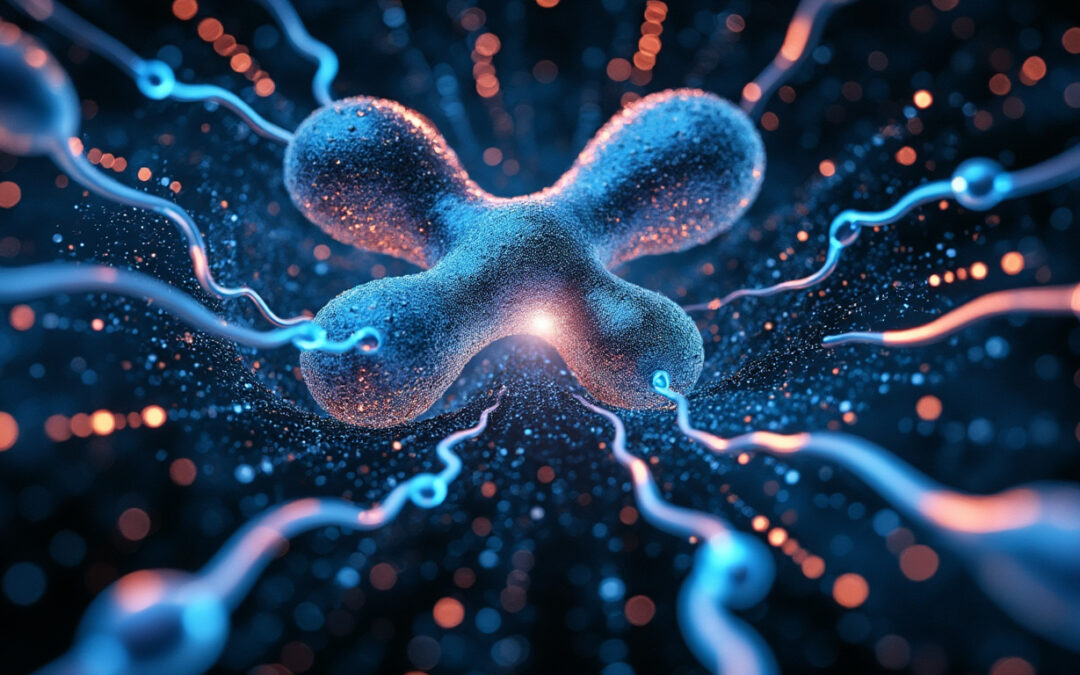Dopamine and addiction: TikTok exploits dopamine's mechanisms to capture global attention, raising questions about mental health.
TikTok has become a global phenomenon, captivating millions of users with short, engaging videos. But behind the app's meteoric rise lies a subtle mechanism: dopamine. This molecule, often called "the pleasure molecule," plays a crucial role in our brain's reward system, driving users toward potentially addictive behaviors. Let's analyze how TikTok uses this biological tool to capture our attention and what effects it has on our mental health.
The role of dopamine in our brain
Dopamine is a key neurotransmitter that influences our behavior by activating the reward circuit in our brain. This circuit is fundamental to our survival, as it drives us to repeat beneficial behaviors like feeding or reproducing. When we perform these actions, a burst of dopamine is released, giving us a feeling of pleasure. This feeling is so intense that it prompts us to constantly seek out activities that would trigger additional dopamine release.
In digital apps like TikTok, dopamine plays a vital role. Every like, every new video, or potentially positive interaction reinforces our expectation of instant gratification. This results in increased dopamine release, making users want to re-engage with the app again and again.
| Factor | Impact on Dopamine | Resulting Behavior |
|---|---|---|
| Social Interactions | Increased liberation | Search for validation |
| New Content | Moderate release | Desire for discovery |
| Random rewards | Maximum release | Addictive behaviors |
An intriguing aspect of dopamine is its role in reinforcing behaviors through even minimal and irregular stimulation. Indeed, TikTok has perfected this aspect by incorporating personalized recommendations and content that captures attention at every moment.
It is essential to understand that the reward circuit, while beneficial for our survival, can be manipulated by digital content for less beneficial purposes. This leads us to consider the psychological and behavioral impacts that such interactions can cause.
How TikTok uses dopamine to capture attention
TikTok, unlike other platforms social media, uses a sophisticated algorithm that personalizes theuser experience from the very first moment. This algorithm not only monitors interactions, but adapts in real time to offer content likely to keep the user alert, thus activating the reward circuit.
Key features of TikTok that effectively harness dopamine include:
- The continuous flow: By offering an uninterrupted stream of content, TikTok avoids pauses, thus keeping neural activity high.
- Variable rewards: Each potentially positive interaction builds anticipation for the next, making browsing difficult to interrupt.
- Content curation: Based on previous preferences, it ensures that every user has a feeling of novelty and excitement.
These elements act in concert to encourage a commitment prolonged with the app, often without the user realizing how much time has passed. Instant gratification and intermittent reinforcement are tactics similar to those used in gambling, but in a social context. This is particularly dangerous for younger children, whose neural circuits are still developing.
In this regard, a global study has revealed the growing importance for technology companies to implement safety mechanisms to protect users' mental health. However, the profits generated by provocative algorithms pose enormous challenges in terms of ethics and social responsibility.
TikTok's impact isn't uniformly harmful, but the path to addiction is particularly subtle. By incorporating ever-more targeted recommendations, the platform feeds users' cognitive biases, reinforcing habits that can quickly become compulsive.
Psychological impact of TikTok and tips for healthy use
The negative consequences of excessive TikTok use are widely documented. In addition to the potential for addiction, other concerning aspects include stress, anxiety, and altered body perception. For young adults, this addiction to microcontent can lead to unrealistic expectations and increased pressure to be constantly online.
Here are some identified effects:
- Stress and anxiety: Related to the need to be available, to interact and to keep up with the frenetic pace of publishing.
- Sleep disorders: Triggered by prolonged exposure to screens and a lack of mental disconnection before nighttime rest.
- Body image issues: Fueled by unrealistic aesthetic standards often conveyed by viral content.
| Issue | Symptoms | Solutions |
|---|---|---|
| Anxiety | Irritability, constant worry | Regular disconnection |
| Sleep disorders | Fatigue, insomnia | Establish a sleep routine |
| Image problems | Discomfort with one's own appearance | Follow positive role models |
It's crucial to discuss and establish healthy digital habits, both individually and collectively. Here are some suggestions for conscious use:
- Set time limits and stick to them firmly.
- Learn to diversify your offline hobbies.
- Maintain regular and direct human interactions.
Finally, stricter regulation could be considered to manage the impact of social media apps, just as has been done for other types of addiction. Parents, educators, and mental health professionals have a key role to play in designing strategies that ensure social media use, including TikTok, remains a balanced and rewarding activity.
FAQ
- What is dopamine? – It is a neurotransmitter involved in our brain reward circuit, essential for experiencing pleasure and motivation.
- How does TikTok use dopamine? – Through an algorithm that personalizes content to maximize engagement and immediate gratification, triggering the release of dopamine.
- What are the psychological risks associated with TikTok? – Risks of anxiety, stress, sleep disorders, and a negative perception of body image.

